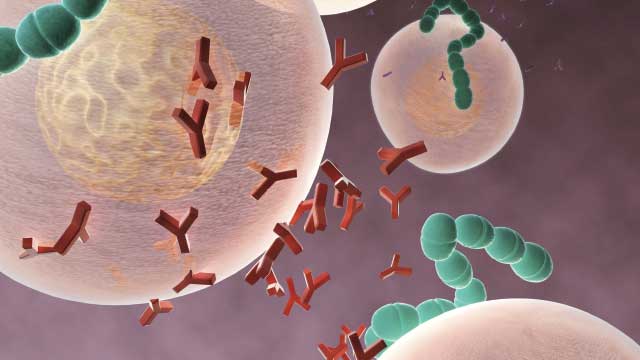There is a growing reproducibility problem across the life sciences. The retraction rate of published papers has increased tenfold over the past decade, and researchers have reported only being able to replicate published results in 11 percent1 or 25 percent2 of attempts. It’s become known as the “reproducibility crisis,” and science is in a race to fix it.
One major factor contributing to this problem is the use of poorly validated research antibodies. Lot to lot, antibodies can vary wildly. Some may not bind specifically to their target, or they may bind a different cellular protein altogether. According to one estimate, researchers around the world spend $800 million each year on poorly performing antibodies.3 (See “Exercises for Your Abs” here.)
While many researchers debate the best way to weed out the good antibodies from the bad, others are developing alternatives. Nucleic acid aptamers and protein scaffolds are increasingly being used to detect proteins of interest. Although they currently constitute only a fraction of affinity reagents, with the lion’s share of the market still going to traditional antibodies, these newer options offer an opportunity to rectify the problems stemming from using poorly validated antibodies in research. Researchers can engineer RNA or DNA aptamers and protein scaffolds to a specific target and function, the molecules are consistent from batch to batch, and they can be produced at a fraction of the cost of antibodies. These new reagents can target proteins that remain inaccessible to antibodies. And researchers have designed them to be functional in a wider range of conditions, including intracellular environments that degrade the antibody structure, opening up applications such as super-resolution microscopy and intracellular live-cell imaging to investigate the molecular dynamics of diverse cellular processes.
So, rather than complain about the poor performance of antibodies, perhaps the scientific community should embrace the new antibody alternatives designed to overcome this problem—and, by doing so, begin to resolve the ongoing reproducibility crisis……..







